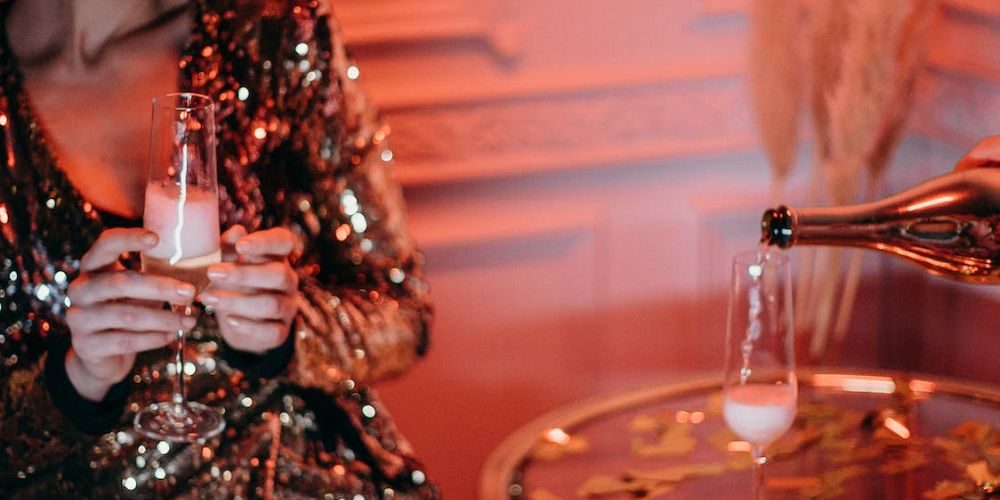
The Effect of Climate Change on Champagne’s Future

Champagne, the epitome of celebrations and luxury living, is riding high on soaring sales, surpassing 6 billion euros in 2022. However, a dark cloud looms over the vineyards of France’s Champagne region, where the impact of climate change threatens to alter the taste of this beloved bubbly.
Record Sales, But a Climate Conundrum
In 2022, a lot of Champagne bottles, a whopping 325 million, were sent to different places, especially to the United States, Britain, and Japan. The people in charge of Champagne (Comité Champagne) feel pretty good about how things are going now, but they’re a bit careful about what might happen in 2023. The thing is, it’s not about the sales; it’s more about how the weather is changing.
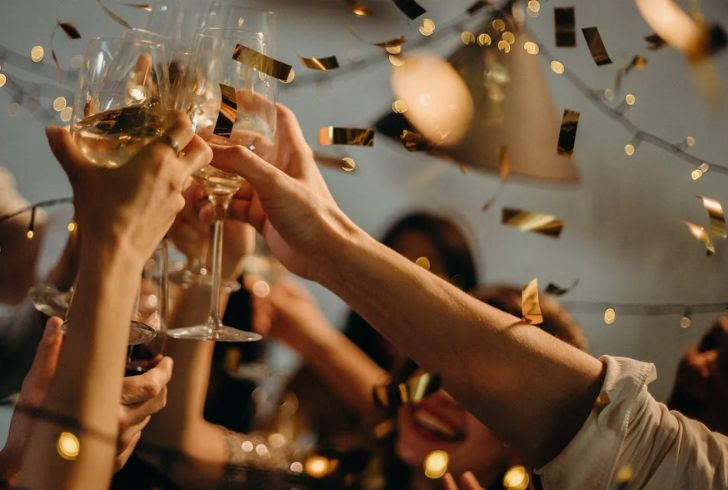
Pexels | Bubbly champagne glasses clinking in celebration.
Sunburned Grapes and Altered Flavors
The S&P Global Sustainable report predicts a tripling of the Champagne region’s exposure to drought risk by the 2050s, reaching a staggering score of 43. Sunburned grapes and damaged flavors become potential pitfalls. Even if the grapes survive, the erratic weather brings threats like fires, floods, and frosts, which can alter the development of the fruit and impact the flavor profile.
- UV Rays and Sunburned Grapes: Extreme UV rays can lead to sunburned grapes, damaging the flavor.
- Changing Acidity: Increased heat can alter the grapes’ acidity, affecting the freshness and characteristic “zip and zing” of Champagne.
Champagne Houses Adapting to Uncertain Climates
Recognizing that the Earth’s weather is changing, big brands like Moët Hennessy are doing things to adjust. Sandrine Sommer, who is in charge of making sure things are sustainable, says it’s important to be strong when dealing with the changes in the environment where the grapes grow.
- Adapting Harvest Times: Champagne houses like Taittinger are shifting their grape harvests to cope with changing temperatures, moving from the traditional end of September to the end of August.
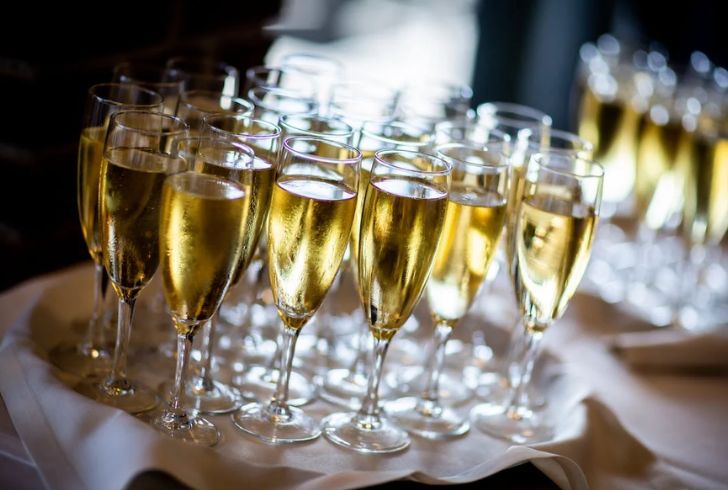
Pexels | Champagne tasting event with diverse glasses.
A Shift in Tastes: Richer, Riper, and More Transparent
Tasters have noticed a small but clear change in the flavor of Champagne as time goes by. The taste is getting richer, making Champagne more like other white wines and giving it a clearer profile. Critics are pointing out that the flavors are evolving towards a more luxurious and fuller experience, making Champagne stand out in a new way that resembles other delightful white wines.
The Champagne Method: Tradition in the Face of Transformation
Champagne production adheres to strict rules – from specific vineyard practices to grape-pressing methods. However, these age-old practices are facing challenges in the wake of climate change.
- Natural Sweetness: Rising temperatures are making Champagne naturally sweeter, reducing the need for additional sugar.
- Tweaking the Rules: Champagne houses are considering adjustments to production rules to navigate the changing climate.
Preserving the Bubbles: Champagne Houses’ Strategies
Champagne makers are trying different things to make sure they can keep making champagne in the future. One way they’re doing this is by putting money into places that have weather like Champagne.
For example, Taittinger and Pommery have invested in English sparkling wine. This helps them deal with similar weather conditions while making sure that French and English wines stay unique.
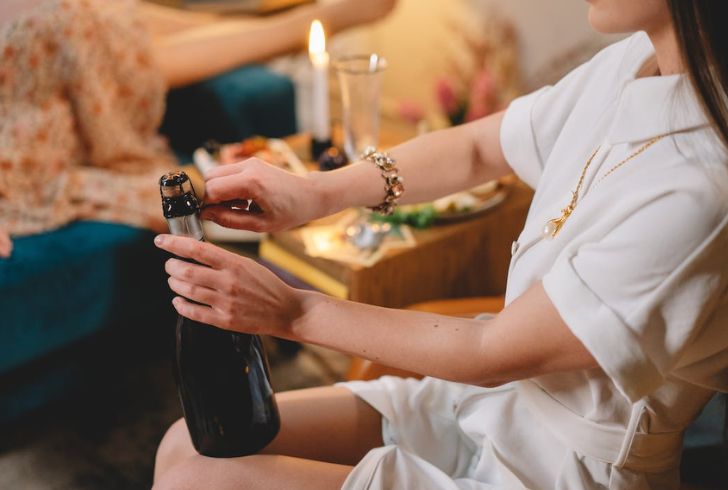
Pexels | Uncorking a bottle of champagne for a special occasion.
Uncertain Future: Evolution or Extinction?
As Champagne houses weigh their options, questions arise about the future of Champagne. Will the strict rules of production be adapted? Will Champagne still be the same bubbly elixir we know and love?
- Exploring New Grapes: The Comité Champagne is exploring new grape varieties, but finding grapes meeting Champagne’s high standards remains a challenge.
- Expanding the Area: Some suggest expanding the area where Champagne can be produced, while others argue it might compromise the essence of true Champagne.
Sipping into the Unknown
In the effervescent world of Champagne, climate change is creating ripples that may evolve into waves of change. As Champagne houses adapt and explore new horizons, the future of this beloved beverage remains uncertain. Will it be a delightful evolution or a bitter sip into the unknown? Only time will tell.
More in Luxury & Life Style
-
`
Why Big Tech Is Divided on the Future of Artificial General Intelligence
Fifteen years ago, the founders of DeepMind—Sir Demis Hassabis, Mustafa Suleyman, and Shane Legg—set a bold goal: “Build the world’s first...
July 1, 2025 -
`
Planning a Wedding? These Money-Saving Tips Actually Work
Weddings are meant to be memorable, not financially draining. But for many couples, the cost of tying the knot often brings...
June 24, 2025 -
`
Did MrBeast Really Borrow Money From His Mother for His Wedding?
YouTube star Jimmy Donaldson, widely known as MrBeast, sparked surprise when he shared a personal update on X. Despite leading the...
June 17, 2025 -
`
How Smart Technology Is Changing the Way We Travel
Technology has reshaped nearly every part of modern life, and travel is no exception. From how we plan trips to how...
June 12, 2025 -
`
Why Some Tech CEOs Are Replacing Themselves With AI Avatars
In a move that signals a shift in how corporate communication is handled, major tech CEOs are beginning to hand the...
June 3, 2025 -
`
Is Innovation Dead in American Pop Culture?
Has something changed in the way we engage with American pop culture? Scroll through your favorite streaming service, tune into the...
May 27, 2025 -
`
7 Key Steps to Start a Profitable Digital Products Business
Starting a digital products business offers an exciting opportunity to turn your skills and knowledge into a revenue-generating venture. Whether you’re...
May 20, 2025 -
`
Mercedes-Benz Introduces the Vision V – An Ultra-Luxury Electric Limousine
The introduction of Mercedes-Benz’s Vision V concept represents a significant advancement in the field of electric vehicles. This electric minivan is...
May 13, 2025 -
`
AI May Soon Replace Apps, Says Meta’s Chief Technology Officer
The way people interact with technology could soon see a major shift, one that changes daily habits without most even realizing...
May 6, 2025
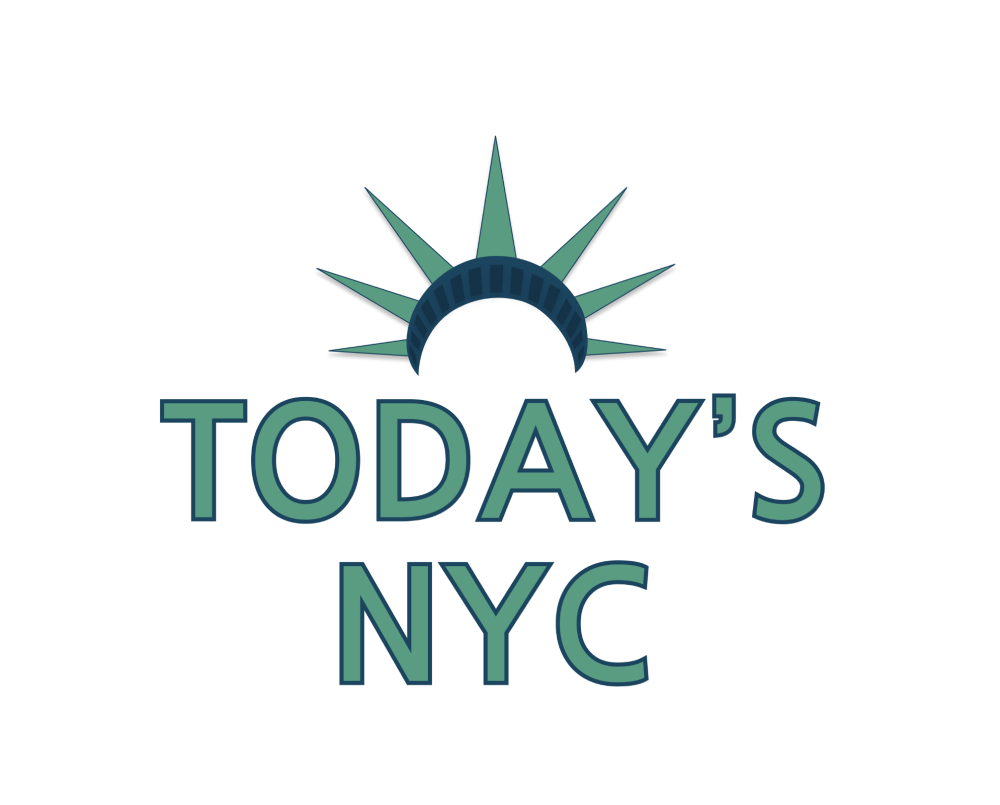

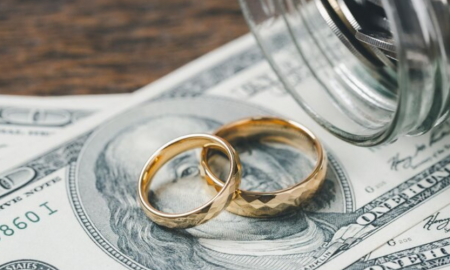
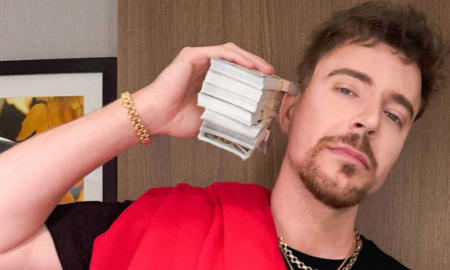




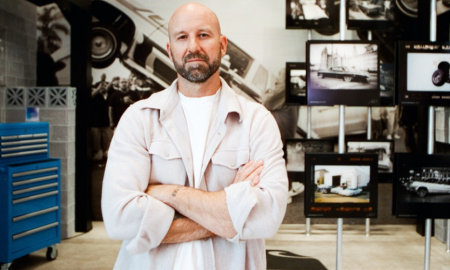

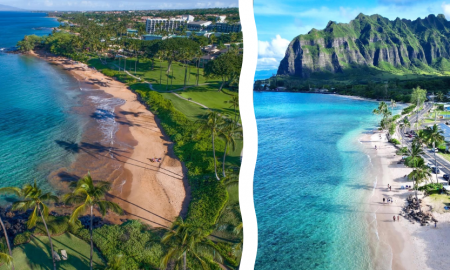


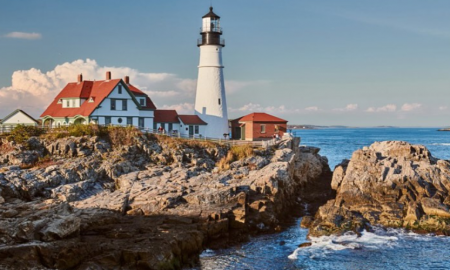
You must be logged in to post a comment Login